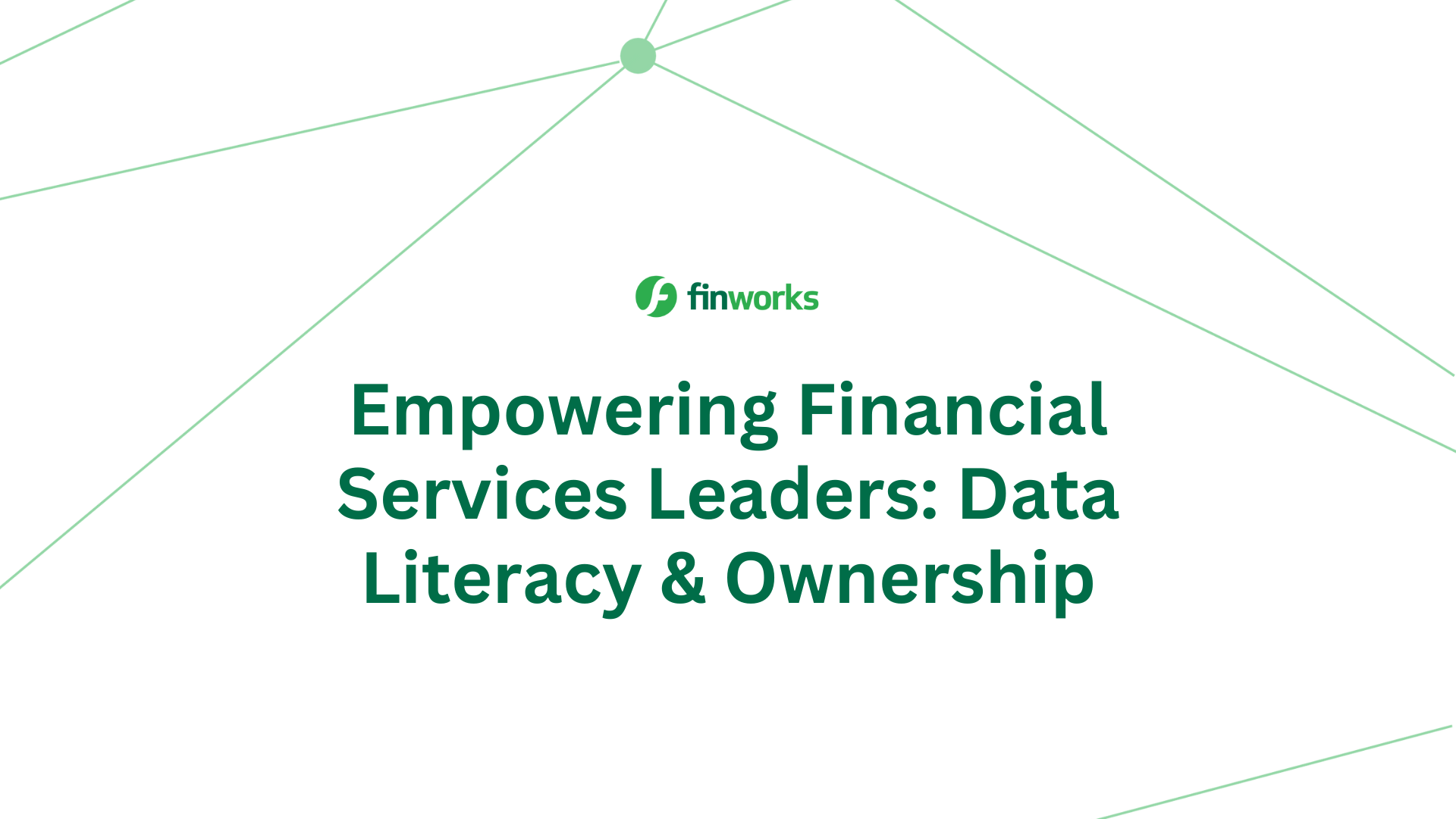Supply Chain Cyberattacks: Protecting Critical Links in the Data Flow?
In the digital era, supply chains have evolved into complex networks that drive the global economy. Yet, this newfound reliance on technology and data has exposed critical vulnerabilities, making supply chains prime targets for cyberattacks.
A single security breach can trigger a cascade of risks, including potential financial losses, harm to the company's reputation, and operational disruption. Let's explore specific cybersecurity threats originating from the supply chain and discuss strategies to protect and fortify these essential components of modern business.
Key Security Risks of the Supply Chain
Security risks in the supply chain refer to weaknesses in a company's supply chain network. Companies rely on third-party suppliers to supply software, digital services, and platforms for their IT infrastructure. Similarly, organisations that make products may rely on a network of suppliers to provide them with raw materials, parts, or components. In either situation, a company must offer its suppliers varied access levels to its data and IT systems.
Cybercriminals looking to compromise a company's IT infrastructure frequently target the "weakest links" in its supply chain. Instead of directly attacking an organisation, attackers investigate whether vendors in its supply chain network have the weakest security measures and possible vulnerabilities in their IT networks.
Worse, most organisations have little awareness of or visibility into the data and assets that their suppliers have access to. This mainly leaves companies in the dark regarding the amount of their supply chain risk exposure, let alone the ability to avoid any potential attacks.
7 Best Practices to Mitigate Supply Chain Security Threats
Threats to the supply chain can disrupt business continuity, impact customer trust, and result in significant financial losses. Therefore, it is essential for organisations to adopt best practices to mitigate these risks. Here are seven best practices to consider:
1. Mitigating Vulnerabilities and Penetration Testing
Implementing vulnerability scans is a proactive measure for the early identification of minor security weaknesses. The insights gained from these scans are instrumental in fortifying database configurations, strengthening password protocols, and safeguarding endpoints and networks.
The initial benefits derived from vulnerability remediation contribute to risk reduction without compromising uptime or obstructing productivity. After the security team has established a solid foundation, the expertise of a penetration testing specialist or group can be leveraged to uncover more sophisticated threats within the supply chain, thereby enhancing the overall security infrastructure.
2. Identify and Encrypt Data
The National Institute of Standards and Technology (NIST) in the US and the National Cyber Security Centre (NCSC) in the UK advise enterprises to implement security measures under the premise that data breaches are not just possible but likely. For example, the NCSC has the Cyber Assessment Framework (CAF) which provides guidance for organisations responsible for vitally important services and activities. As such, organisations need to consider all forms of data they handle or store.
Utilising a data discovery tool can facilitate the identification and classification of files that hold sensitive financial details, proprietary knowledge, and client information. Having a holistic understanding of the company's data landscape enables the secure protection of valuable assets through sophisticated encryption methods.
As an increasing number of businesses shift towards digital platforms and transactions, the implementation of advanced controls such as digital signatures, multi-factor authentication, and session timeouts can significantly bolster supply chain security.
3. Establishing Controls and Visibility
In the complex network of business operations that spans multiple enterprises, it is imperative to establish a robust system that ensures the reliable and secure exchange of data among partners. This is achieved by leveraging sophisticated tools that grant control over role- and user-based access to sensitive information.
Identity and access management (IAM) practices facilitate the secure sharing of sensitive and proprietary information within a large and potentially diverse business ecosystem. Moreover, implementing an alerting system further enhances security by making critical security data readily accessible. This system ensures that any irregularities or potential security breaches are promptly detected and brought to the attention of the relevant personnel, facilitating a rapid response and mitigation of security threats.
4. Implementing a Digital Transformation to Secure the Supply Chain
Embracing a modern environment allows companies to establish secure data transfers not only within their organisation but also with third-party businesses, suppliers, and customers.
To ensure the security of supply chain processes, it's crucial to keep both the processes and software up to date. This involves adopting the latest encryption methods, tokenisation techniques, file access monitoring systems, alerting mechanisms, and data loss prevention measures. These modern tools and practices are essential for safeguarding sensitive data throughout the supply chain.
Furthermore, a holistic approach to digital transformation and growth across the entire enterprise is essential. This approach encourages employees to actively engage in preventing fraud, assessing cybersecurity risks, and maintaining a high level of security awareness within the network. In doing so, every member of the organisation becomes a crucial asset in bolstering the overall security posture of the supply chain.
5. Planning and Orchestrating Incident Response
Preparing for potential security breaches, system shutdowns, or other disruptions is crucial. It ensures that an organisation is well-prepared to address and mitigate the impact of various security incidents, ranging from data breaches to system shutdowns. This planning involves the development of a well-thought-out, actionable, and easily executable response plan.
A robust incident response plan is not only about reacting to incidents but also about minimising the negative outcomes that can arise from them. This includes reducing potential financial losses, safeguarding the organisation's reputation, and retaining the trust of partners and customers.
6. Managing Third-Party Risk
An increasing number of organisations in the supply chain collaborate to utilise, transmit, and store data. This complex environment demands a heightened level of attention and vigilance to effectively manage the associated risks.
Organisations need to enhance their visibility and adopt a comprehensive, end-to-end approach to risk management and protection. Effective third-party risk management extends beyond the confines of an organisation. It involves the sharing of third-party risk assessments with relevant stakeholders, including suppliers and partners.
Addressing the gap between technical teams and business is essential in this process. Collaborative efforts between these teams enable the safeguarding of the most critical assets within the supply chain.
7. Strengthen Your Data Management
Effective data management is the backbone of supply chain security. It involves establishing clear data governance policies, ensuring data quality, and implementing robust data lifecycle management practices.
Data classification and tagging are essential components of data management. By categorising data according to its sensitivity and value, organisations can apply appropriate security measures. This helps in safeguarding critical information while optimising the allocation of resources for protection.
Furthermore, regular data backups and disaster recovery plans are indispensable. In the event of a security breach or data loss, having a well-defined strategy for data recovery and restoration ensures minimal disruption to supply chain operations.
Enhance the Security of Your Supply Chain and Reduce the Risk of Cyberattacks with Finworks
In the digital age, securing your supply chain against cyber threats is of paramount importance. Finworks, a leader in data management and workflow systems, offers a comprehensive solution to enhance your supply chain security.
Finworks' platform simplifies the delivery of reliable, self-service data management by scaling automation and data operations across the entire big data lifecycle. It boosts governance and security capabilities by combining the power of data discovery and cataloguing, making it simpler to search, analyse, connect, and trust your data.
Moreover, they provide a unified solution for data workflow, integration, and integrity. It allows you to stream data from numerous sources in real time and gain critical insights from trusted quality data. This not only helps in mitigating risks but also aids in making informed decisions.
By integrating Finworks data management into your supply chain management strategy, you can significantly reduce the risk of cyberattacks and ensure the smooth operation of your business processes.
Contact us today to enhance supply chain security, streamline data management, and make informed decisions based on trusted data.

.png)


